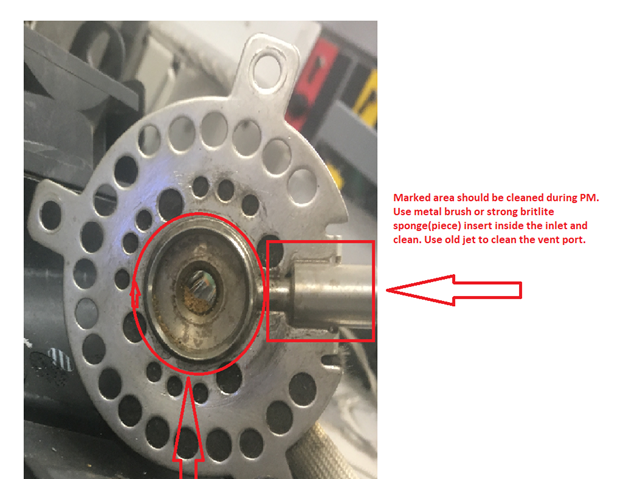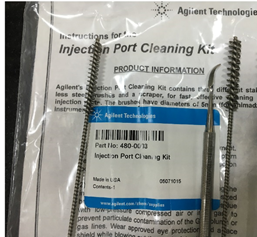We are running a method to analyze assay and some impurities in a pharmaceutical material. We are running under the following conditions:
Agilent HP-1 30m x 0.53mm x 3.0 um column
200 C inlet
1:1 split
5 mg/mL (high concentration to detect impurities)
2.5 mL/min flow with temp gradient with 250C bakeoff for 20min
2 uL inj
Diluent: ACN
Liquid inject
Liner: 4mm deactivated straight through with wool (Restek cat # 20782)
Septum: Bleed/Temp Opt. non-stick 11mm (Agilent PN 5182-3413)
We have peaks that look like "impurities" peaks but do not increase and decrease with same magnitude as the sample concentration and are inconsistent between injections of the same sample. They are not in the ACN blank. They increase with inlet temperature increase to 250C.
I also see them (with lesser magnitude) with an injection of just hydrogen peroxide in ACN only.
These peaks are seen at 7.8 min and 8.2 min in the attached chroms.
Any clues where these are coming from? Interaction with injection and something in the inlet? Is there a more inert liner or septum I should be using?



